A Vulture’s Voyage
The ongoing LIFE Vultures Project in Bulgaria and Greece has seen a number of black vultures tagged with GPS transmitters. Last year these showed one particular bird making a remarkable journey.

The ongoing LIFE Vultures Project in Bulgaria and Greece has seen a number of black vultures tagged with GPS transmitters. Last year these showed one particular bird making a remarkable journey.
With sixteen participants from nine countries, the four-day course gave all involved valuable new insight into many aspects of nature education. This will enable more effective communication on rewilding and wild nature right across Europe.
Rewilding Europe is delighted to announce that rewilding activities in the spectacular Danube Delta, Europe’s second largest wetland, will now extend into Ukraine. This follows the signing of a partnership agreement with Rewilding Ukraine, a newly established local NGO.
The spectacular sight of Europe’s largest land animal running wild is set to become more common in Romania’s Țarcu Mountains. After a long journey from the Avesta Reserve in Sweden, a group of nine European bison arrived at Rewilding Europe’s Southern Carpathians rewilding area on April 22 and 23. The group will eventually join free-roaming animals that have been released here over successive years since 2014.
Last Friday, the LIFE project “Urgent actions for the recovery of European Bison populations in Romania” (LIFE Bison) held its opening ceremony at the “Grigore Antipa” Natural History Museum in Bucharest, Romania. The project works to build a viable population of the European bison in the Tarçu Mountains Natura 2000 site in the Southern Carpathians. The event also marked the opening of the exhibition “The largest land mammal in Europe returns to the Southern Carpathian wilderness”, hosted by the Museum and open to public until end of November.
The Bison Visitor Centre in Armeniș, Țarcu Mountains, Romania, is now presenting scientific data about the bison in a playful and immersive way. It has the biggest holographic projection in Europe with two more installations that were built at the crossroads between art and technology. The data feed, animating the installations, is being continuously collected from the field by trainees from Romania and abroad who study different relevant subjects related to natural sciences. They live and work in the nearby village of Feneș, at the Research Station which was inaugurated this August.
Last week, Rewilding Europe and WWF Romania took the first steps towards establishing a bison breeding centre in Romanian Hunedoara Zoo. In the framework of the LIFE Bison project, translocation of two bison marked the start of a new important stage in bringing back this iconic species. Newborn calves will be released from the breeding centre into the wild across the Carpathian Mountains.
The 17 European bison brought back to the Tarcu Mountains in May by Rewilding Europe together with WWF Romania are now roaming in a 160 ha area, ten times larger than the quarantine area (±15 ha) in which they spent their first four months after arrival.
On a parallel with the efforts by Rewilding Europe and its partners to bring back European bison to the Tarcu Mounatins, other great work is being done in Romania for this endangered species. For example in the Vanatori Neamt Nature Park, which is also a member of the European Rewilding Network.
Today, 17 European bison were released into the wild in Romania’s Southern Carpathian Mountains. They were invited here by the people of the Municipality of Armeniș, who have set aside a large part of their communal land for wildlife. The animals came from wildlife parks and breeding stations across Europe – from Sweden in the north to central Italy. In all a complicated logistical operation, arranged by Rewilding Europe and its partner WWF Romania. The largest-ever bison reintroduction in Europe.